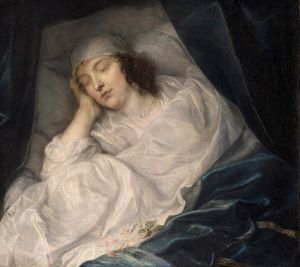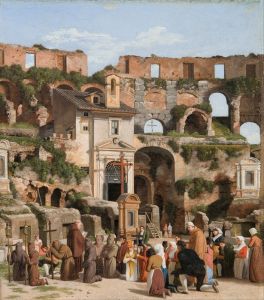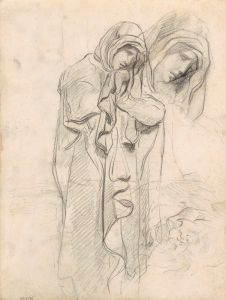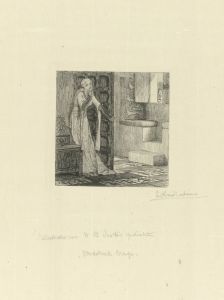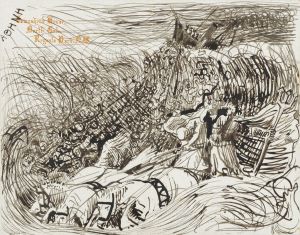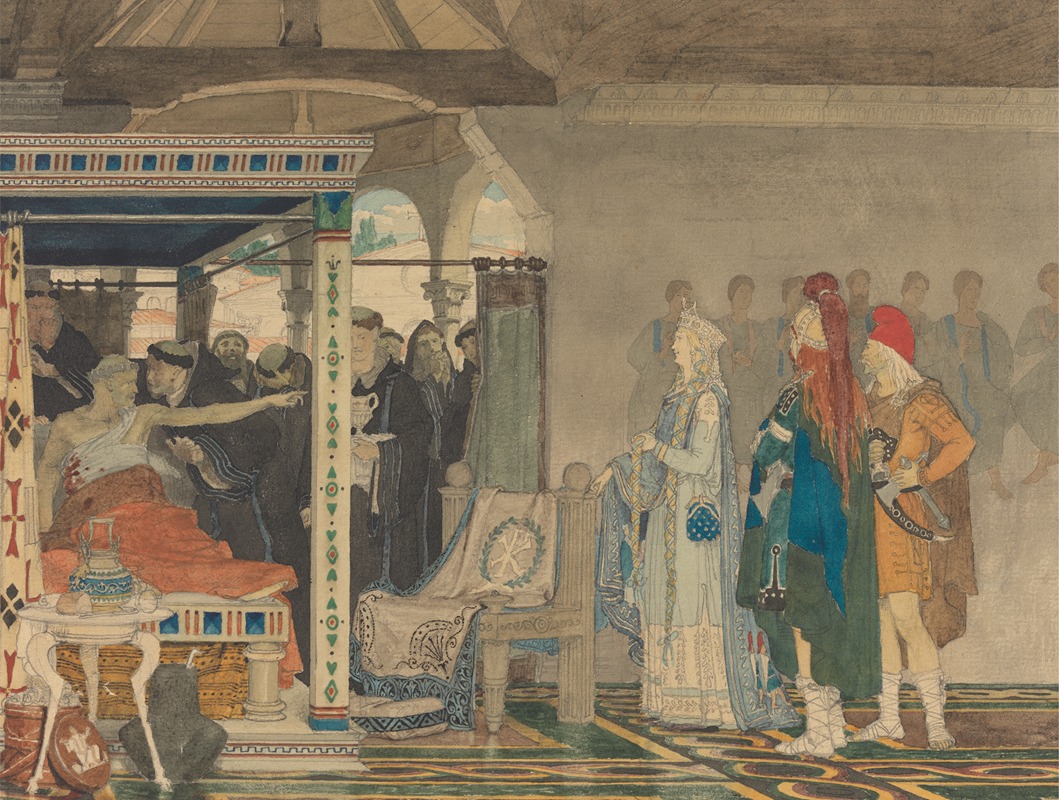
Fredegonda at the Deathbed of Praetextatus
A hand-painted replica of Lawrence Alma-Tadema’s masterpiece Fredegonda at the Deathbed of Praetextatus, meticulously crafted by professional artists to capture the true essence of the original. Each piece is created with museum-quality canvas and rare mineral pigments, carefully painted by experienced artists with delicate brushstrokes and rich, layered colors to perfectly recreate the texture of the original artwork. Unlike machine-printed reproductions, this hand-painted version brings the painting to life, infused with the artist’s emotions and skill in every stroke. Whether for personal collection or home decoration, it instantly elevates the artistic atmosphere of any space.
"Fredegonda at the Deathbed of Praetextatus" is a painting created by the Dutch-born British artist Lawrence Alma-Tadema in 1864. The artwork depicts a historical scene involving Fredegund (or Fredegonda), a queen consort of the Frankish kingdom of Neustria, and Praetextatus, the Bishop of Rouen. The painting draws its subject from events described in Gregory of Tours' History of the Franks, a key historical source for the Merovingian period.
Fredegund is a controversial figure in Frankish history, known for her political cunning and alleged involvement in numerous plots and assassinations. Praetextatus, on the other hand, was a prominent church leader who became embroiled in the political and personal conflicts of the Merovingian court. According to historical accounts, Fredegund and Praetextatus were adversaries. The bishop openly criticized Fredegund's actions and her role in the court's intrigues, which led to his exile. He was later allowed to return to Rouen, but shortly thereafter, he was attacked and fatally wounded. On his deathbed, Praetextatus reportedly accused Fredegund of orchestrating the attack.
Alma-Tadema's painting captures the dramatic moment when Fredegund visits the dying bishop. The composition emphasizes the tension between the two figures, with Fredegund portrayed as a commanding and possibly remorseful presence, while Praetextatus lies weakened but resolute. Alma-Tadema's meticulous attention to historical detail is evident in the costumes, architecture, and furnishings, which reflect his interest in recreating the atmosphere of the Merovingian era.
This painting is an early example of Alma-Tadema's fascination with historical and classical themes, which would come to define much of his later work. While he is best known for his depictions of ancient Rome and Greece, "Fredegonda at the Deathbed of Praetextatus" demonstrates his ability to bring other historical periods to life with the same level of detail and drama.
The painting is currently housed in a private collection, and it is less widely known compared to Alma-Tadema's later works. However, it remains an important piece in understanding the development of his artistic style and his approach to historical storytelling.







